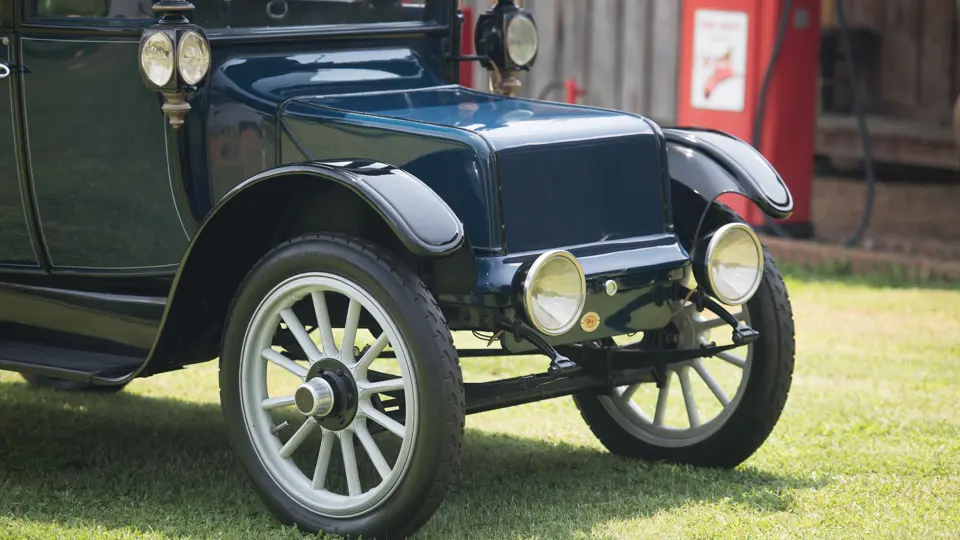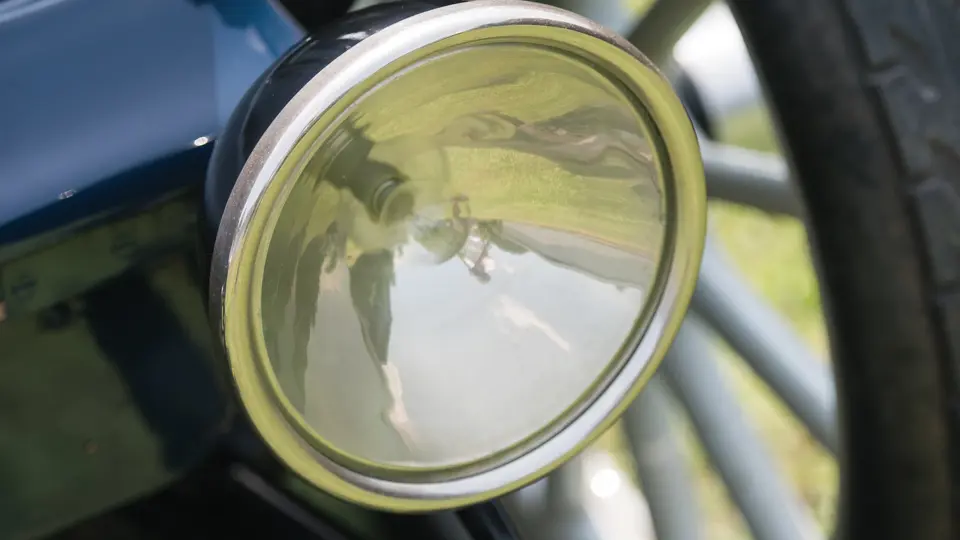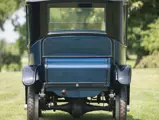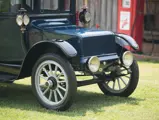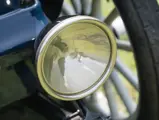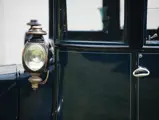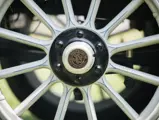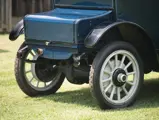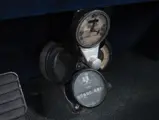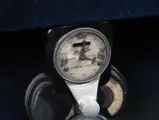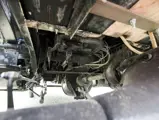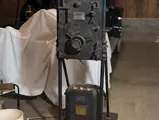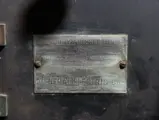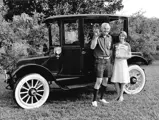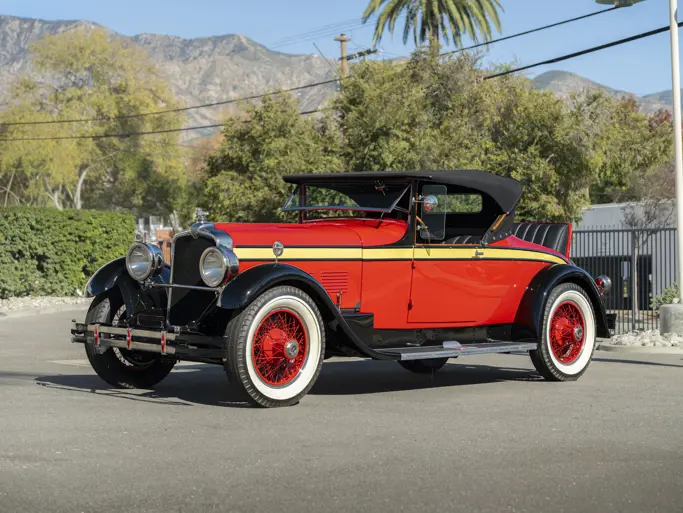Model C45. 3 hp, 90-volt Baker DC motor, tubular front axle and worm-drive rear axle with semi-elliptical leaf springs, and two-wheel mechanical brakes. Wheelbase: 100 in.
Jacob Rauch and Charles Lang were Cleveland carriage builders, setting up business in 1884. In 1903, they took a franchise for the Buffalo Electric automobile. Two years later, they set out with an electric car of their own, an open stanhope that was soon joined by coupes and depot wagons. By 1908, they were turning out 500 cars a year but could have sold more. In 1915, however, when electric car sales began to wane, they merged with the Baker Motor Vehicle Company, the neighboring maker of the Baker Electric, to form Baker R&L Company. From 1917, all cars were sold under the Rauch & Lang name.
Although retaining a good share of the electric vehicle market, Baker R&L diversified into jobbing for other automakers, including building the Owen Magnetic car for Raymond and Ralph Owen from 1916 to 1919 and opening a coachwork division that supplied bodies to Peerless, Stearns, Ruxton, and Stanley.
In January 1920, Ray S. Deering, president of Stevens Duryea in Chicopee Falls, Massachusetts, purchased Baker R&L and proceeded to move the company to his city. The body plant in Cleveland was closed later that year.
This Rauch & Lang Dual Drive Coach has the last body number issued in 1920 and is thus very likely the last one built in Cleveland. It was acquired in complete and original condition by Harold Coker in July 1970 from Sam Phipps, of Memphis, Tennessee, who had purchased it in 1962. It is a special car in the collection because Harold and his wife Lillian restored it together. While he attended to new paint and installing new batteries, she replaced the upholstery. Having learned upholstery skills from a craftsman who had reupholstered railroad cars, she had installed new thick leather seating in their Model T Ford. When the Rauch & Lang came into the family, she went to work with blue velour fabric and produced the seating and interior of the Coach, a five-seat enclosed body style somewhat reminiscent of a drawing room. Indeed, it has a bud vase on the right-hand door post. Although now 40 years old, Lill’s upholstery still looks marvelous today.
At the time, the Tennessee Valley Authority was conducting research into alternative-fuel vehicles. TVA engineers examined the car and test-drove it across the Raccoon Mountain Dam outside Chattanooga. The car received an AACA National First award in 1977.
Painted in the dark blue that was fashionable on electric cars, it has black moldings with white pinstripes and black fenders. An older restoration, the body and paint are very good, showing only modest age and use. The brightwork is a medley of nickel, chrome, and brass, all of it good to very good condition. The roof is covered in black grained Naugahyde.
The windshield has a novel ventilation feature that allows the lower pane to be ratcheted up and down. The two panes do not meet, but pass each other in parallel, allowing a form of no-draft ventilation.
A Dual Drive car, it can be operated from the left side of either the rear seat or the front. There are controls in both locations, as well as two steering tillers that fold up out of the way when not in use. Instrumentation consists of a Warner speedometer and a voltammeter. The car is fitted with electric lights head, side, and tail, plus an electric bell as a warning device. The undercarriage is painted in black and is clean but not over-restored.
In November 2001, the car participated in the first United States event of the Michelin Bibendum Challenge. Sponsored by the French tire company, the Challenge is a world summit for sustainable mobility. At the conclusion of the event, the Coker Rauch & Lang was driven around the Las Vegas Motor Speedway by Édouard Michelin, company president and great-grandson of its founder. Fittingly, the tires on the car are of the Michelin brand in a metric size, 815x105-32.
Included in the sale are a Lestronic battery charger of recent vintage and a dossier of technical information. The Rauch & Lang, like most electric cars of the period, has proved to be very reliable. It presents an opportunity to acquire an exemplar of older technologies that are now of great interest to automakers and customers alike.




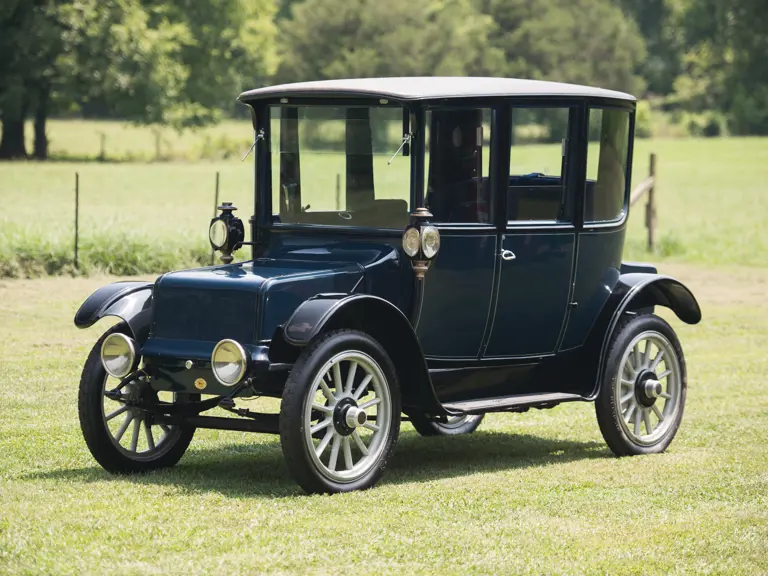
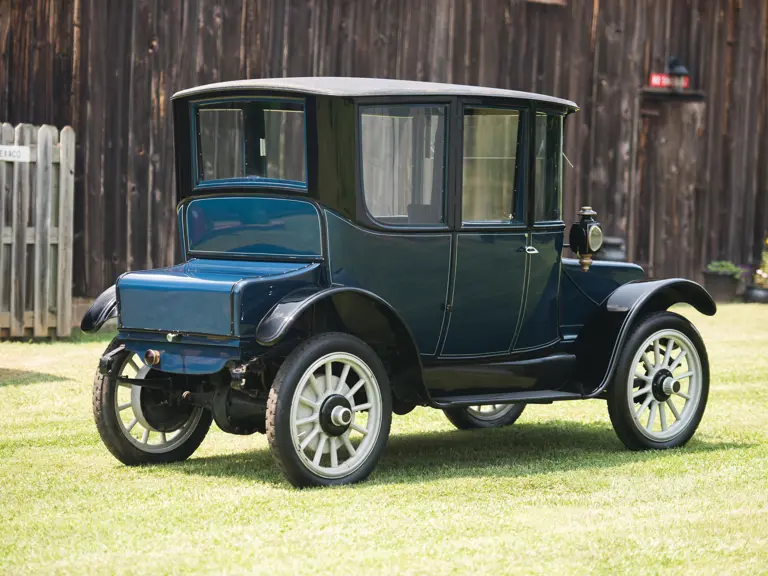
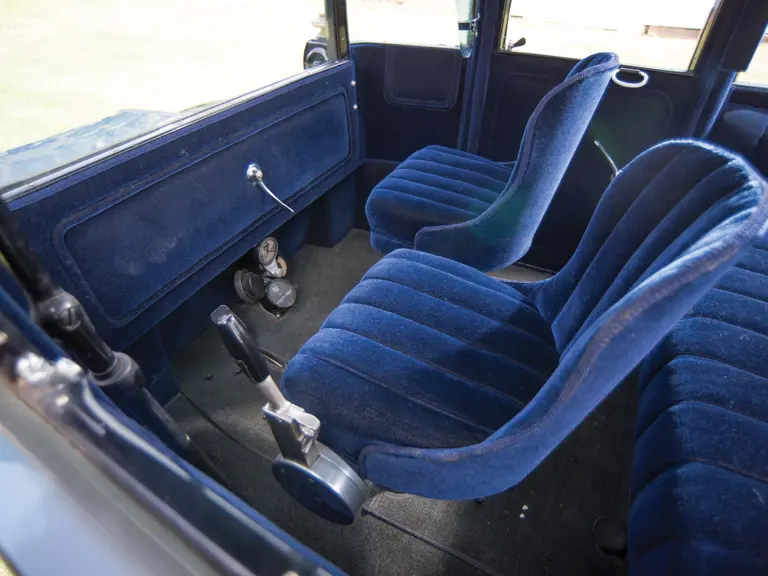

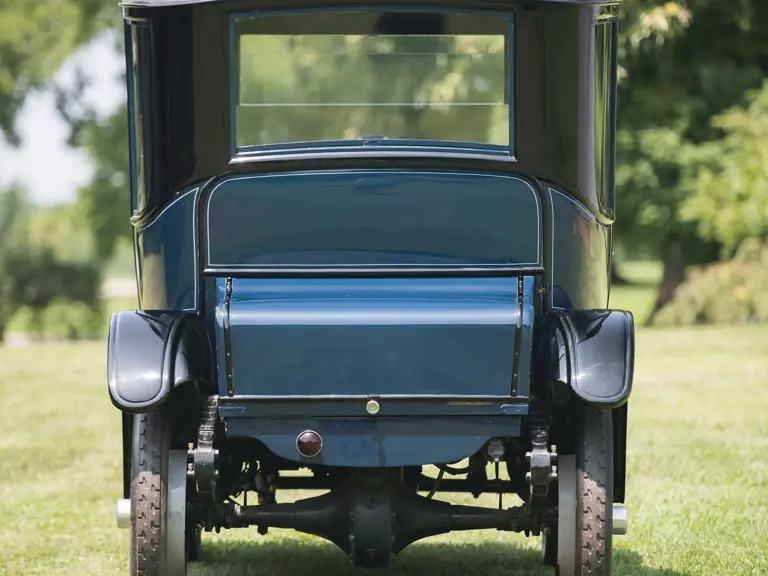
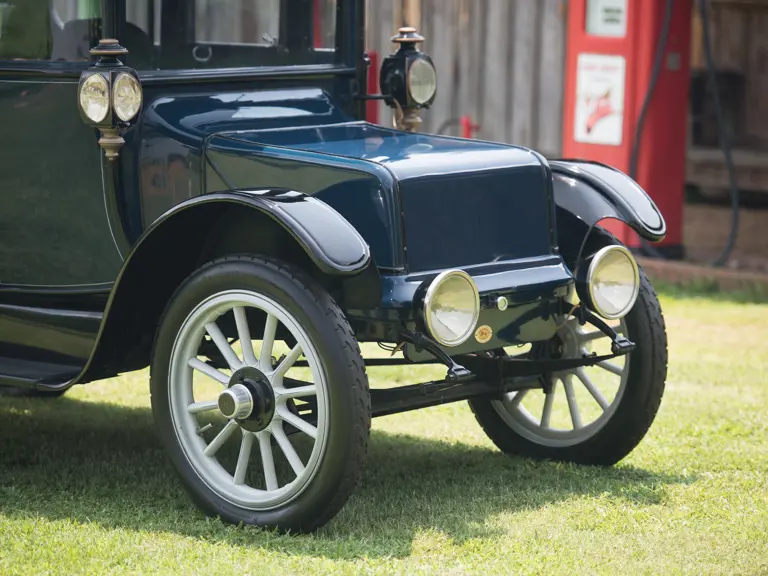
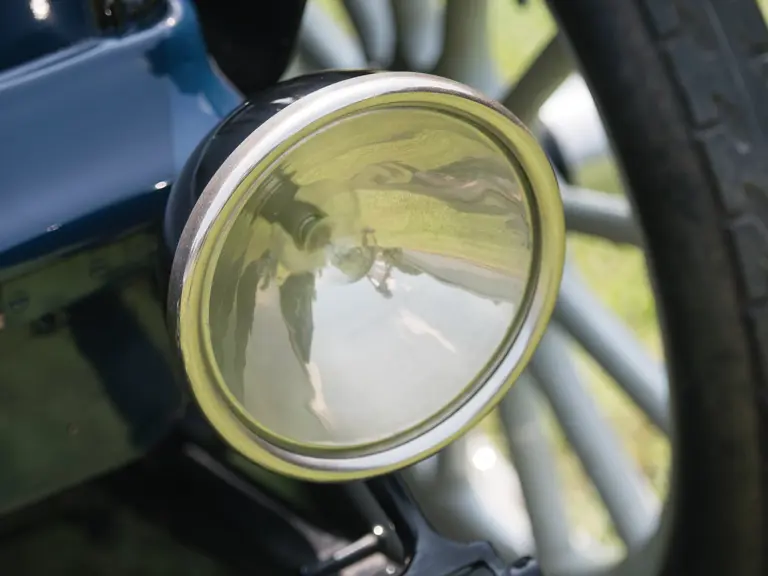
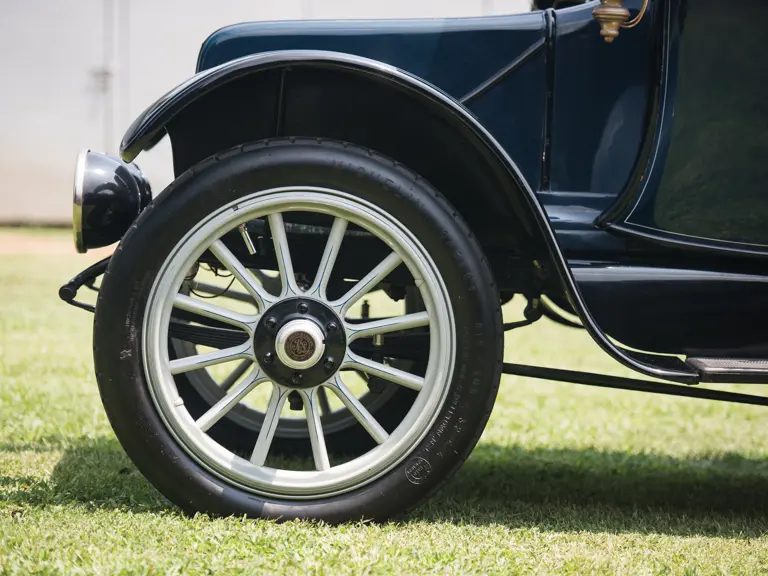
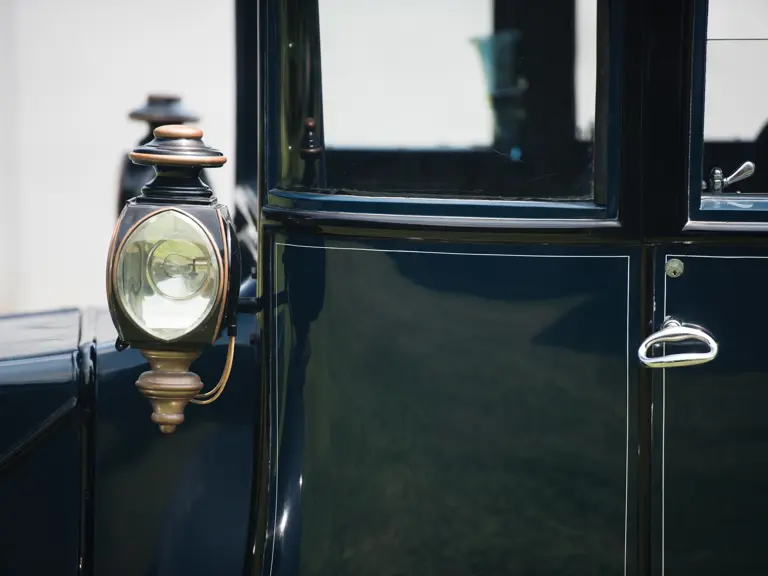

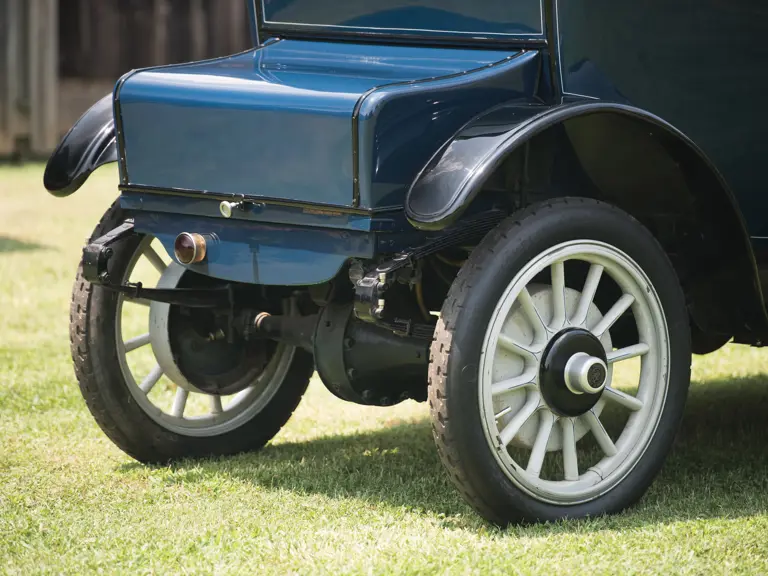
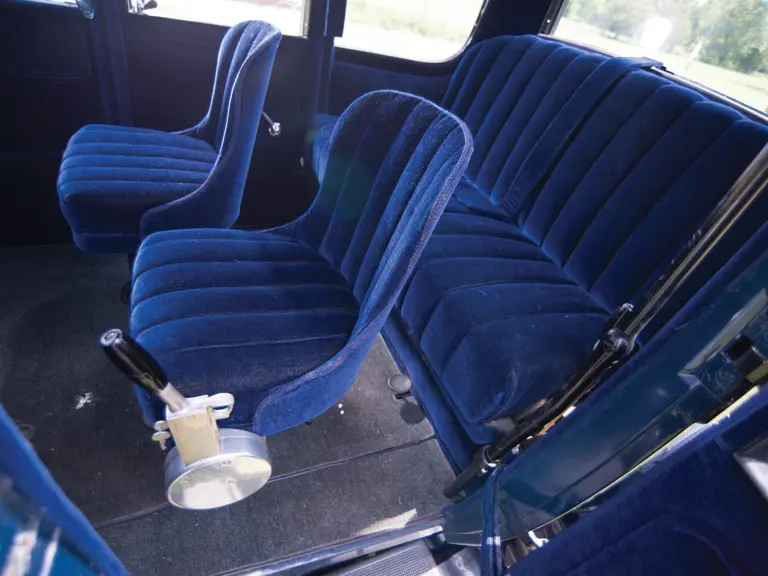


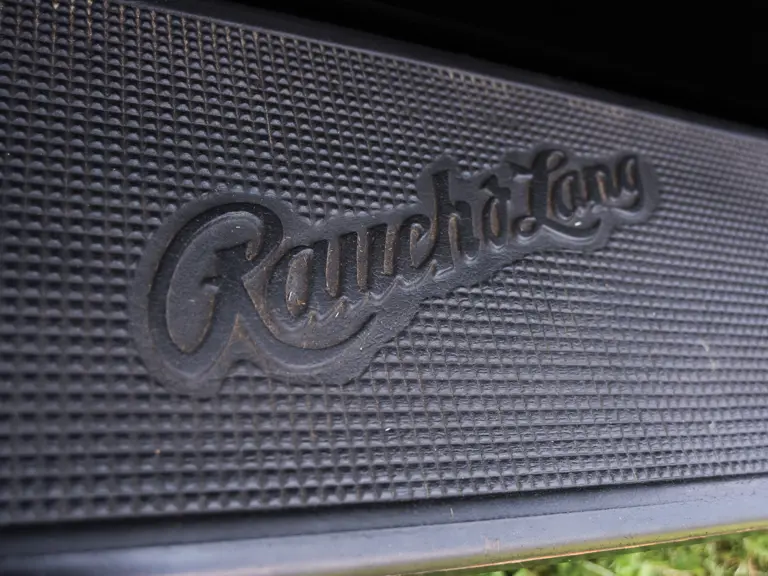
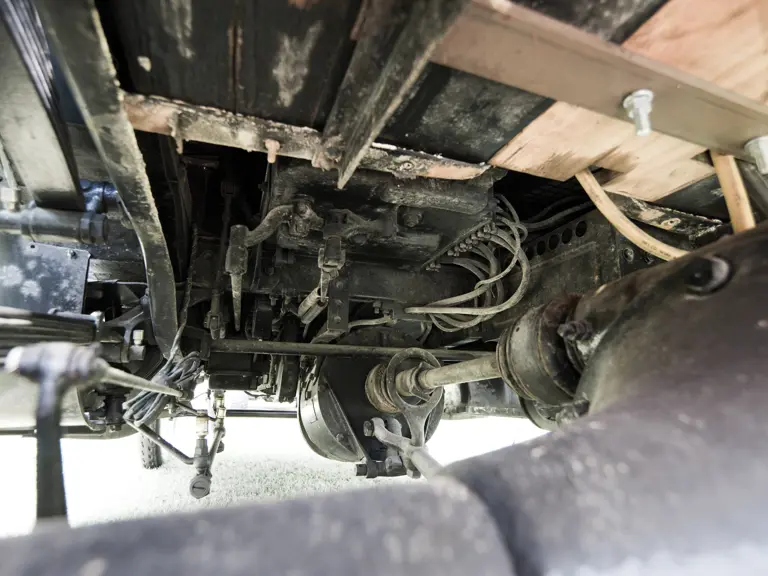

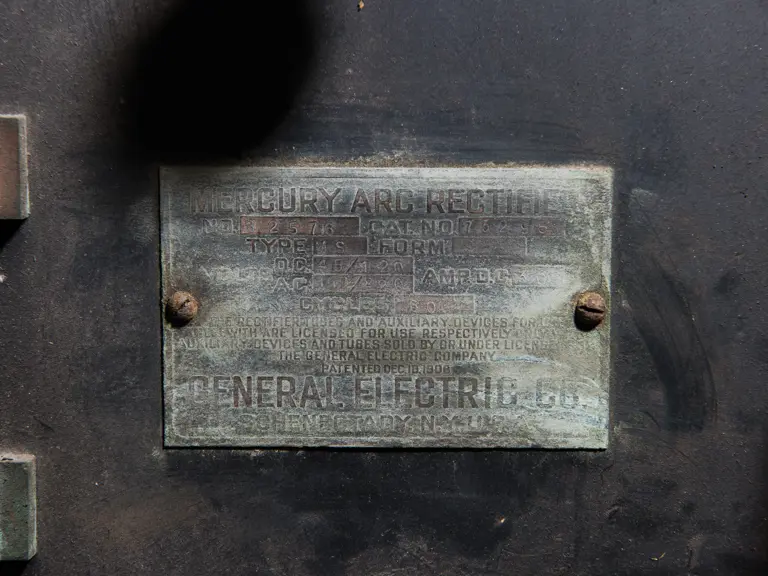

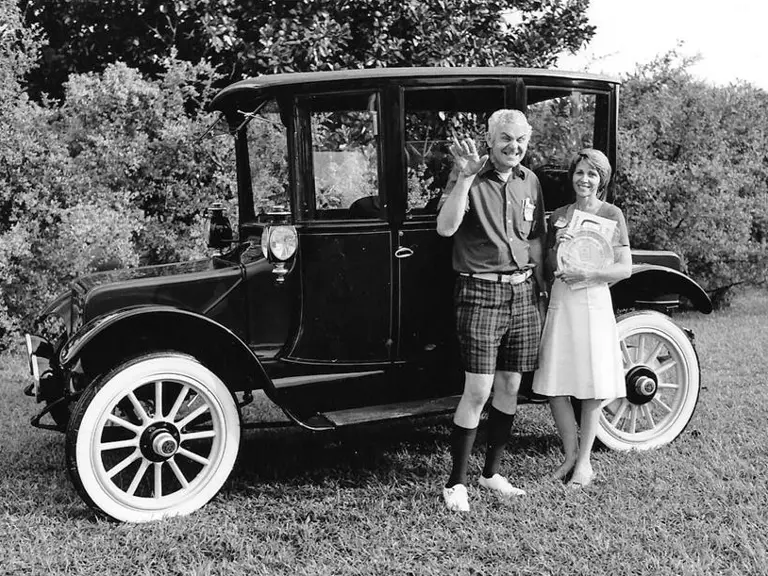
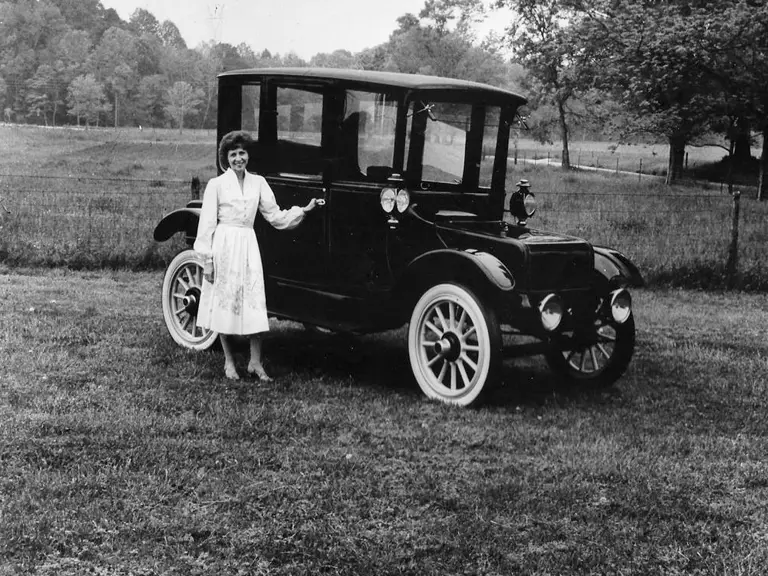
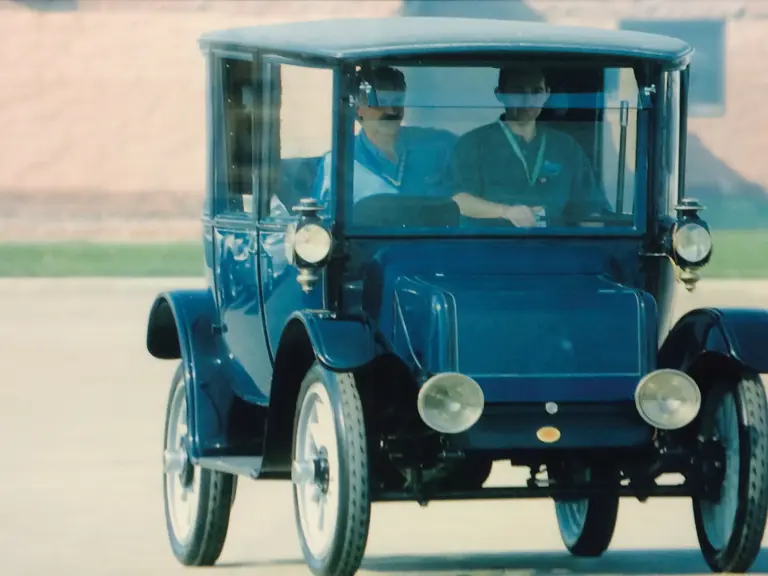
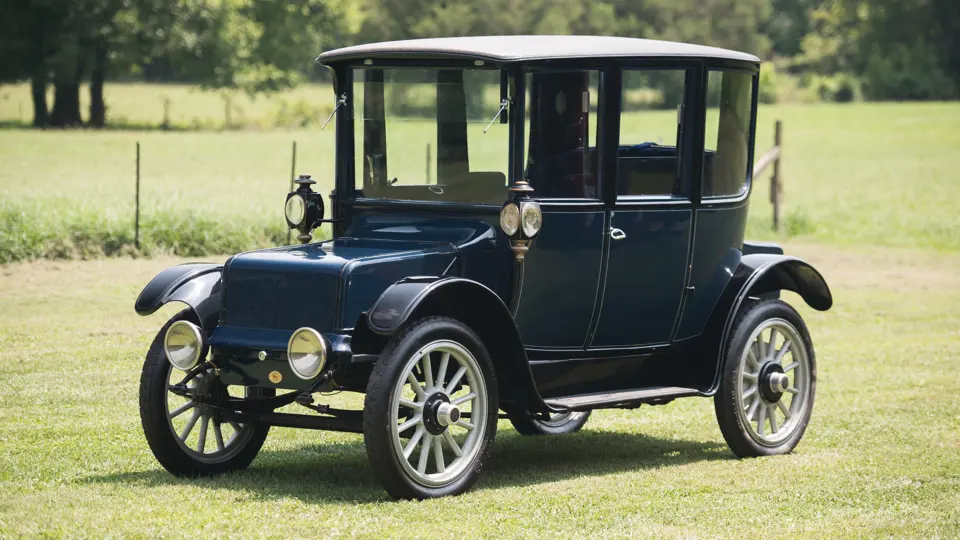
 | Hershey, Pennsylvania
| Hershey, Pennsylvania

